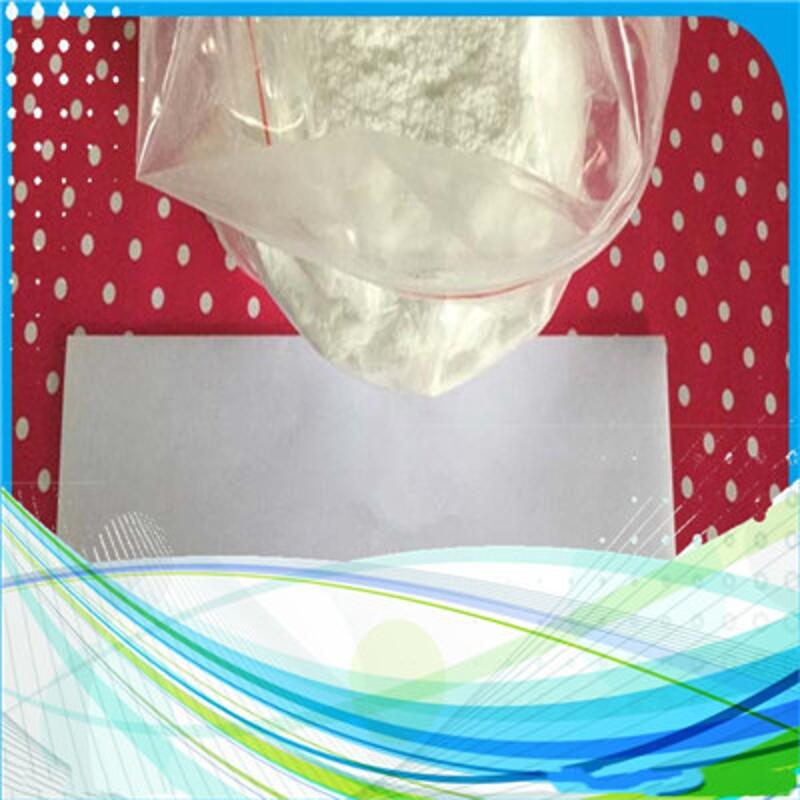A new mechanism of the interaction between P450 monooxygenase and reducing chaperone
-
Last Update: 2014-03-18
-
Source: Internet
-
Author: User
Search more information of high quality chemicals, good prices and reliable suppliers, visit
www.echemi.com
Recently, Li Shengying, a researcher of Qingdao Institute of bioenergy and process, Chinese Academy of Sciences, and many scholars from the University of Michigan, the University of California, San Francisco, and the University of tohoa in Japan jointly proposed a new mechanism for the interaction between P450 monooxygenase and reduced chaperone egg white for the first time Relevant results have been published in the latest issue of J am Chem SOC P450 monooxygenase can efficiently and selectively catalyze the oxidation of various complex organic compounds, which is known as the universal catalyst in nature However, redox partner protein is indispensable in most P450 catalytic reactions The traditional idea is that although changing the reducing partner of P450 enzyme will affect its catalytic efficiency and product distribution, it will not change the type of catalytic reaction, nor will it produce new products Based on this "common sense", some unnatural reducing chaperones are often used to replace the unknown natural reducing chaperones in many P450 enzyme enzymology research and industrial applications The P450 monooxygenase mycg in the biosynthesis pathway of macrolide antibiotic mycomicins from Rare Actinomycete Micromonospora griseorubida was studied by the researchers, which for the first time challenged the above "common sense" In the process of constructing the fusion protein of mycg and rhfred, Dr Zhang Wei from Qingdao Energy Institute found that when mycg and rhfred were in the fusion or separation state, mycg modified the structure of mixin in two completely different ways In the fusion state, mycg can catalyze the C14 hydroxylation and C12 / 13 epoxidation of mixin, while in the separation state, mycg can not only catalyze the hydroxylation and epoxidation, but also catalyze the new demethylation for different substrates, resulting in seven new structures of mixin derivatives The discovery made people realize the important role of reducing protein in determining the catalytic function of P450 enzyme, and revealed a new way to produce new structure "natural products" by changing the way of P450 and reducing chaperone The above research was supported by the "youth thousand talents program" of the Central Organization Department, the "one two six" key cultivation program of the Research Institute and the NSFC 31270855 general program Paper information: Zhang, W., Liu, Y., Yan, J., Cao, S., Bai, F., Yang, Y., Huang, S., Yao, L., Anzai, Y., Kato, F., podust, L M., Sherman, D H *, and Li, S * new reactions and products resulting from alternative interactions between the P450 enzyme and redox partners J am Chem SOC 2014, 136: 3640-3646
This article is an English version of an article which is originally in the Chinese language on echemi.com and is provided for information purposes only.
This website makes no representation or warranty of any kind, either expressed or implied, as to the accuracy, completeness ownership or reliability of
the article or any translations thereof. If you have any concerns or complaints relating to the article, please send an email, providing a detailed
description of the concern or complaint, to
service@echemi.com. A staff member will contact you within 5 working days. Once verified, infringing content
will be removed immediately.







